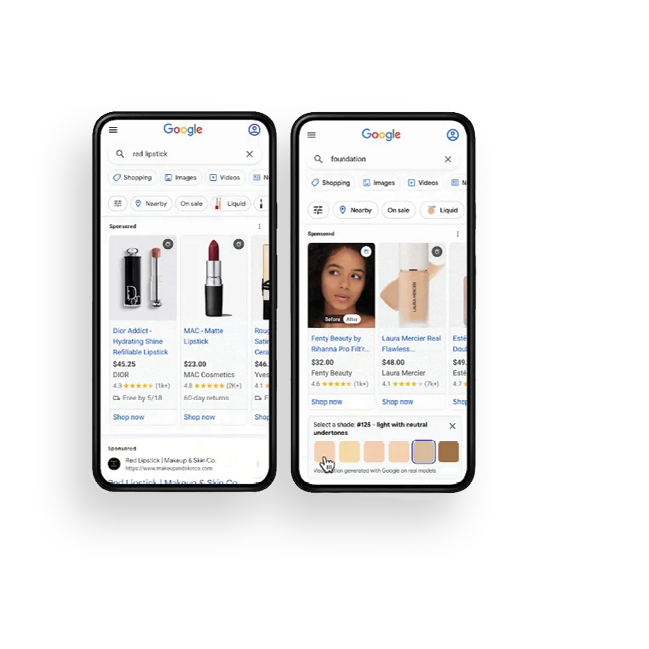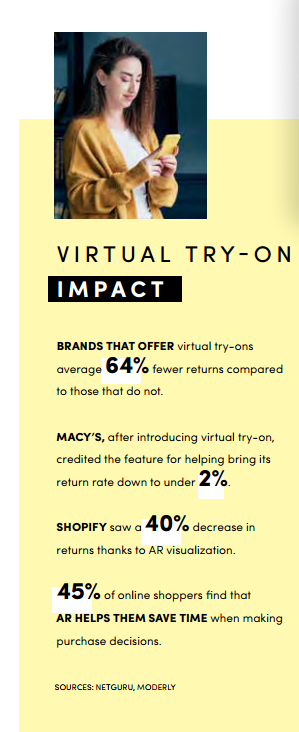Virtual product try-on experiences drive customer decisions.
These “virtual fitting rooms” have the potential to not only enhance customer engagement but also reduce return rates and increase sales.

AI-powered virtual product try-on experiences continue to revolutionize online and in-person retail experiences, offering convenience and personalization. These “virtual fitting rooms” have the potential to not only enhance customer engagement but also reduce return rates and increase sales. Some direct selling makeup companies are already using forms of this experience while others are considering incorporating it for branded swag.
Zelig
MadaLuxe Group has introduced Zelig, an AI-powered virtual try-on and styling platform. The technology allows users to visualize how clothes, shoes and accessories would look on their body type by uploading a photo. The system also uses machine learning and computer vision allowing users to create different outfit combinations, save and share them before buying.
Despite the concept of virtual try-on not being new, with companies like Walmart, Google and Amazon investing in similar technology, Zelig claims to offer a “hyper-personalized online shopping experience.” It aims to replicate the experience of trying on clothes at a retail store.
The co-founders have invested privately in Zelig for three years, but they recently secured $15 million in Series A funding led by Hilco Global, valuing the pre-revenue company at $100 million. The funds will be used to enhance its personalization capabilities and develop additional features. While no brands were announced at the launch of Zelig, the association with MadaLuxe suggests potential future partnerships with high-end brands.
Google AR Beauty


Google has launched AR Beauty Ads, a new ad format that enables virtual try-on experiences for cosmetic products. The tool will replace the standard product image in Google Shopping ads and allow users to preview what different products might look like on them or a model. The ads will appear on mobile-specific channels including Google’s Shopping tab, Search and Google Images.
The launch of AR Beauty Ads reflects the tech industry’s increasing faith in AR as a potent marketing tool. Companies like Meta and Snapchat have already integrated AR ads into their platforms, and Google’s move is a continuation of its AR experimentation started with YouTube display ads in 2019.
Data from Shopify indicates that AR ads often outperform display ads, with 3D AR ads generating 94 percent higher conversion rates than their static 2D counterparts. Findings from Snap and Deloitte suggest brands offering AR experiences are 41 percent more likely to be considered by customers, and nearly three in four shoppers are willing to pay more for a product they can explore with AR.
Google’s own experiment with VR ads in 2019 resulted in almost a third of viewers spending more than 80 seconds trying on lipstick. The company claims that users who interact with virtual try-on tools on Google Search are more likely to spend time on a brand’s site; research a product; or make a purchase. By 2025, global AR ad revenue is projected to grow to $6.68 billion, up from $1.36 billion in 2020.
From the January/February 2024 issue of Direct Selling News magazine.
Credit: Source link
